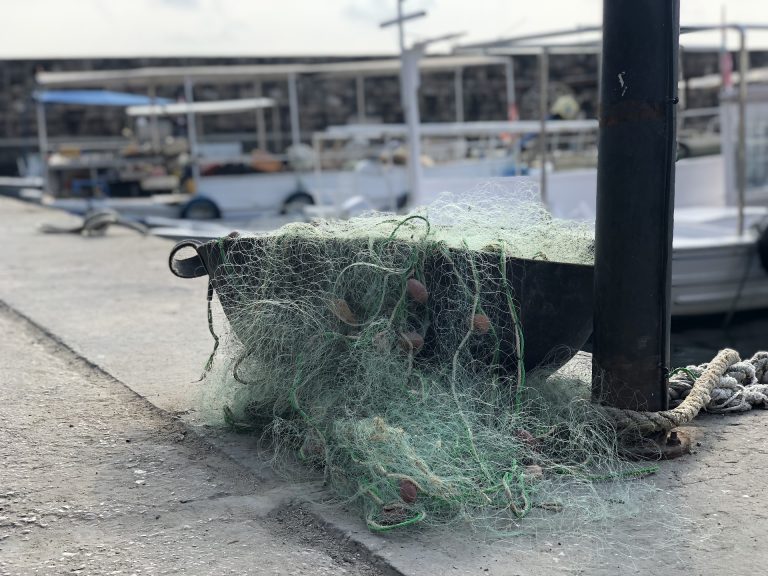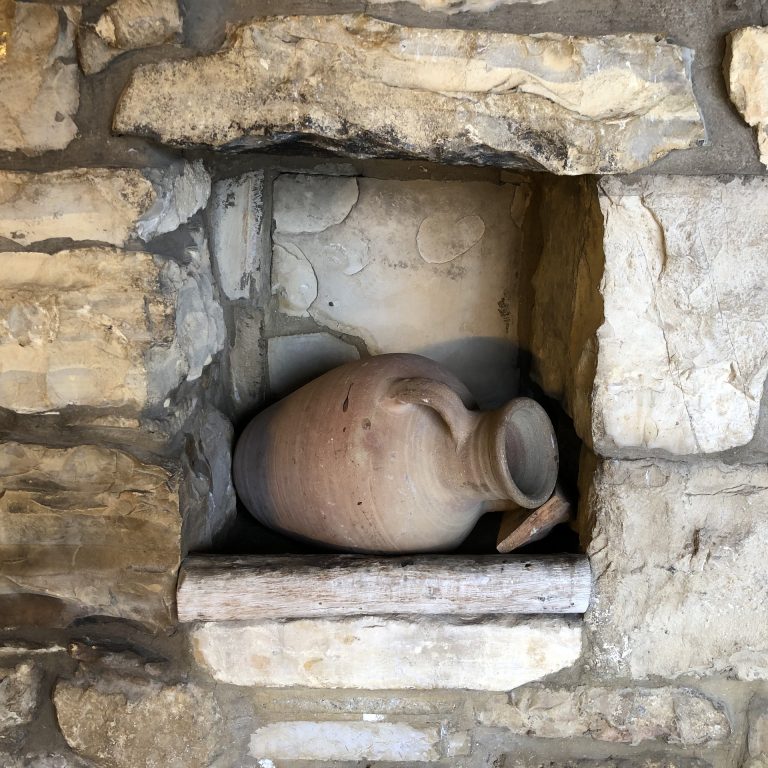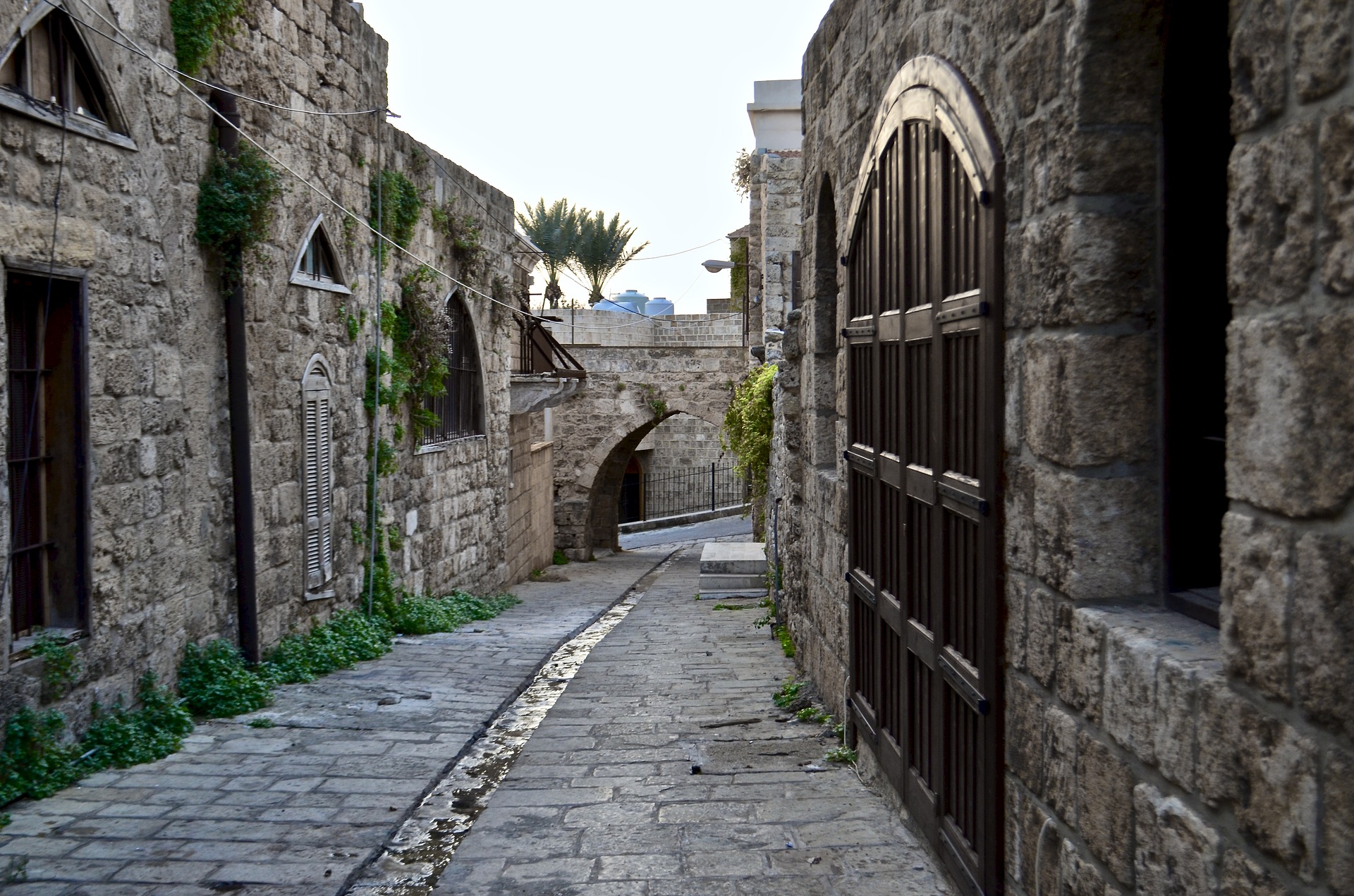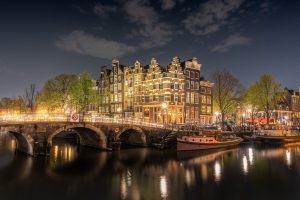Byblos, locally known as Jbeil, is one of the most scenic places in Lebanon. The city streets and alleyways are filled with old Phoenician heritage.
Byblos is considered a UNESCO World Heritage Site and is one of the most important cities in the Mediterranean basin. Recent excavations revealed that Byblos has been continuously inhabited since 8000 B.C.
Famous Locations Around Byblos

The city boasts itself as one of the most visited spots in Lebanon. This claim holds true, especially in the peak summer months of July and August.
In the year 2012, Condé Nast Traveler chose Jbeil as the second best city in the Middle East. Moreover, in 2013, The United Nations World Tourism Organization (UNWTO) named Byblos as The Best Arab Tourist City. The city is famous for its Wax Museum, which pays huge tribute to legendary Lebanese figures in the country’s recent and distant history.
Byblos has many beautiful sites to visit. Its ancient port radiates magical scents of the glorious past. Many boat excursions depart daily for a couple of hours. They tour the Lebanese coastline and come back filled with tourist smiles and memorable photographs.
At the same time, visiting nearby mountains is very accessible from the city center. One of the most famous Christian pilgrim sites is Saint Charbel Monastery, located a few kilometers above Jbeil.
The People and the Culture of Byblos
Local people are very warm and communicate easily in multiple languages of Arabic, French & English. Therefore, developing friendship with them is very pleasurable and they will happily accompany you to “secret” locations unknown to an average tourist.
Public beaches are very pleasant and welcoming around the city. Moreover, many spots are private for those who prefer a quiet time at the beach.
The night scene is very vibrant in Jbeil, with many open-air bars. Also, fish taverns are abundant and offer the best Lebanese mezas and platters.
Additionally, The Broad, a special restaurant and bar overlooking the whole of Jbeil coastal area, sits atop of a nearby hill. Spending an eve in this spot, after watching the sunset, is a time to remember for years to come.
On the other hand, roughly 2 miles away from Byblos lies Maximus Hotel. This Hotel is very special in its outlook and offers a trendy stay in the heart of an ancient area.
A Brief History of Jbeil
In a nutshell, the energetic history of Jbeil spanning thousands of years can be summarized as follows. The Semitic cultures manifested in the Canaanite civilizations, Phoenicians, Egyptian Dynasties, Assyrians and the Achaemenids Empire. Then came the European culture deriving from the Hellenistic(Greek) era and the Greko-Roman rule.
A brief period of history was controlled by the Sassanian rule. Then came the Crusaders, Genoese (Italian) Empire, Mamluk, Ottomans (Turkish) Empire and lastly, the French mandate.

It comes as no surprise to see the Lebanese culture today a unique mix of many ethnicities and ideologies, and Jbeil is no different.
Throughout its vibrant history, Byblos has been very resilient to new invasions. However, the people were always receptive of new ideas and cultures. This trait continues to run on till the present day. Therefore, when you visit Jbeil you feel the positive vibes manifested in the faces and places of the city.






